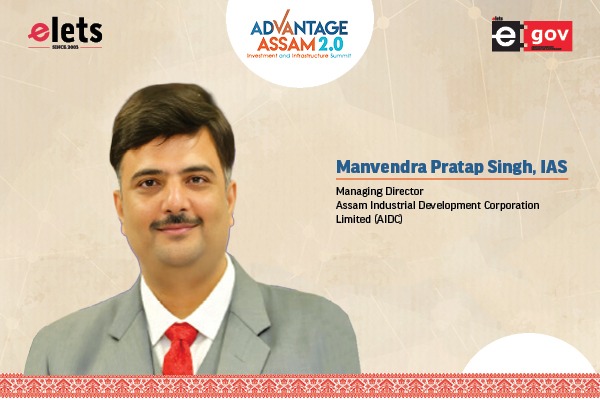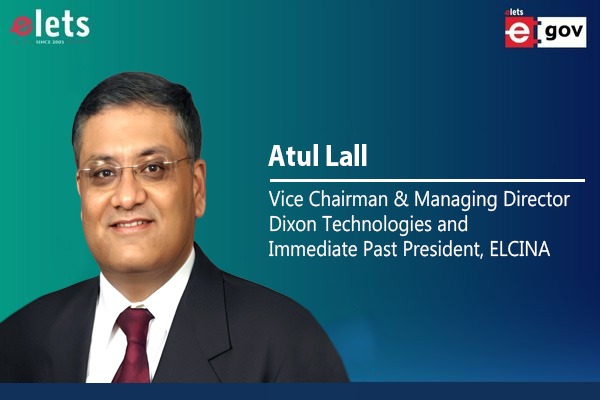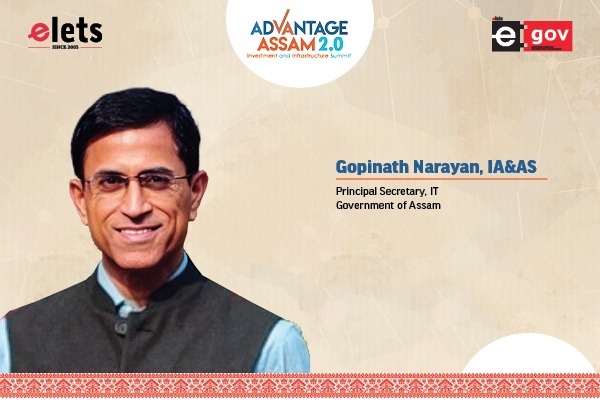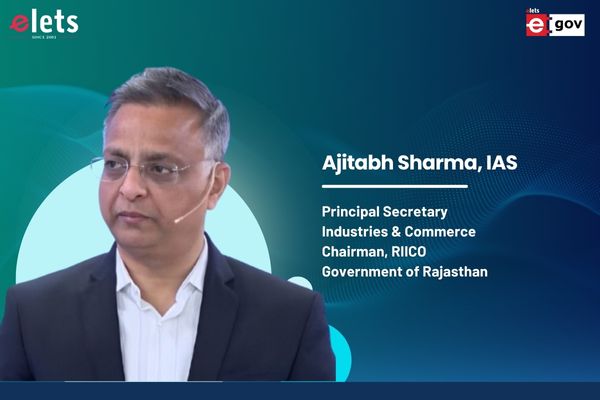
“Within the transportation sector, I’ve overseen major infrastructure projects that have significantly enhanced connectivity and overall development. The expansion of key road networks in hilly regions has improved accessibility to remote areas, enabling the seamless movement of people and goods,” said Amitava Sen Gupta, Special secretary, Home & Hill Affairs & Project Director ( IWT), Transport Department, Government of West Bengal in an exclusive interview with Nidhi Shail Kujur, Sr. Sub Editor at Elets News Network (ENN).
Could you elaborate on your role as the Special Secretary for Home & Hill Affairs and how your responsibilities encompass maintaining law and order, ensuring public safety, and addressing security challenges in hilly regions?
As the Special Secretary for Home & Hill Affairs, my role encompasses a broad spectrum of responsibilities aimed at maintaining law and order, ensuring public safety, and addressing security challenges in the hilly regions of our state. This involves close coordination with various law enforcement agencies, local authorities, and communities to create an environment of safety and harmony. Given the unique challenges posed by the hilly terrain and diverse sociocultural settings, my focus has been on fostering community engagement, strengthening police- community relationships, and implementing innovative strategies to prevent and mitigate security risks.

Managing home affairs in hill regions can present unique challenges. Can you discuss some of the innovative strategies you’ve employed to effectively manage these challenges, considering the geographical and sociocultural diversity of the area?
Indeed, managing home affairs in hill regions presents distinctive challenges due to geographical constraints and sociocultural diversity. To effectively address these challenges, I’ve implemented a multi-pronged approach. This includes empowering local law enforcement units with specialized training for handling terrain-specific situations, establishing communication networks to enhance rapid response capabilities, and organizing regular community interaction programs to build trust and cooperation. Leveraging technology, we’ve deployed surveillance systems and remote monitoring to ensure effective coverage even in remote areas, thus enhancing situational awareness and response times.

How has the development of inland waterways under Project IWT contributed to sustainable transportation solutions and reduced congestion on roads? Are there specific success stories or benchmarks you can share?
The development of inland waterways under Project IWT has been a transformative endeavor. By leveraging our natural water bodies, we’ve been able to provide sustainable transportation solutions that alleviate road congestion and reduce carbon emissions. These waterways have opened up new avenues for transporting goods and passengers, particularly in areas where road infrastructure might be limited.
Notably, our efforts have led to a substantial reduction in traffic congestion on major roadways, contributing to improved air quality and more efficient mobility.
Infrastructure development plays a pivotal role in economic growth. Can you shed light on some of the major infrastructure projects you’ve overseen within the transportation sector, and how these projects have positively influenced connectivity and overall development?
One success story within Project IWT involves the rehabilitation of an underutilized river route that now serves as a vital trade corridor. This project has not only facilitated the movement of goods but also spurred economic growth in the surrounding areas. Additionally, our collaboration with local communities to establish water-based transportation hubs has generated employment opportunities and promoted local entrepreneurship. These tangible outcomes exemplify the positive impact of our inland waterway development initiatives on both transportation and regional development.
Within the transportation sector, I’ve overseen major infrastructure projects that have significantly enhanced connectivity and overall development.
The expansion of key road networks in hilly regions has improved accessibility to remote areas, enabling the seamless movement of people and goods. Furthermore, the establishment of modernized transportation hubs has not only streamlined the travel experience but also boosted local trade and tourism. These initiatives align with our broader goal of fostering inclusive economic growth through strategic infrastructure development.
Looking ahead, what is your vision for the future of home affairs, hill development, and transportation in the region, and how do you envision your role contributing to the realization of this vision?
Looking ahead, my vision for the region encompasses holistic development, where home affairs, hill development, and transportation are intertwined to create a sustainable and prosperous environment. This involves leveraging technology, community participation, and innovative policies to ensure public safety, promote equitable growth in hill areas, and establish a well-connected and efficient transportation network. In my capacity as Special Secretary and Project Director, I am committed to continuing to drive these initiatives forward, collaborating with stakeholders, and empowering local communities to achieve this collective vision of progress and well-being.
Be a part of Elets Collaborative Initiatives. Join Us for Upcoming Events and explore business opportunities. Like us on Facebook , connect with us on LinkedIn and follow us on Twitter, Instagram.
"Exciting news! Elets technomedia is now on WhatsApp Channels Subscribe today by clicking the link and stay updated with the latest insights!" Click here!













